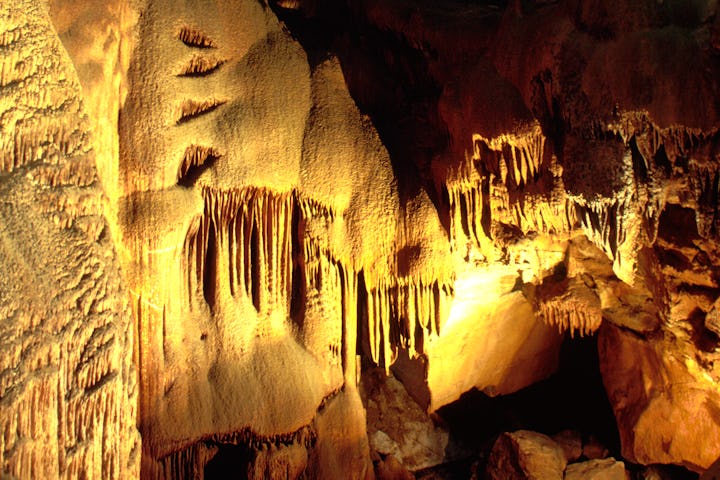Three Of The Best Places To Spot Wildlife Are These Underground National Parks
Is your favorite park on the list?

With 63 National Parks spread across the country, each with its unique wonders to see, it might be hard to plan your next vacation. But if you're wondering where to find the most jaw-dropping encounters with wildlife, Casago, a home rental site, has done the legwork. They analyzed National Park Service data to reveal the parks that have the most extraordinary array of wildlife and plants per 100 km², as well as those that showcase the most extraordinary overall biodiversity.
"We've mapped the 20 National Parks with the highest number of animal species per 100-square kilometers," Casago explains. "Congaree National Park in South Carolina comes out on top home to animals including bobcats, wild pigs, and endangered species like the red-cockaded woodpecker. Three parks in California (more than any other state) also make the top 20."
According to the list, the world’s longest underground cave, and fabulous national park — Kentucky’s Mammoth Cave Park — made the cut, which is surprising since so much of the park is, well, underground. Two other famous parks that feature large caves made the list, and actually outrank Mammoth Cave: Carlsbad Caverns in New Mexico, and Wind Cave National Park in South Dakota.
Mammoth Cave's park species list has more than 2000 species records of both common and rare animal sightings — and a lot of frogs. For example, the American toad is listed as "common" to see at the park, while the eastern narrow-mouth toad is rare to see. Other species listed include hawks, wild turkeys, coyotes, deer, and squirrels.
But what other National Parks hit the list? From the Great Basin in Nevada to the Pinnacles in California, to the Black Canyon of the Gunnison in Colorado, here are the 20 best national parks for wildlife spotting, per Casago:
The 20 Best National Parks For Wildlife Spotting
1. Congaree National Park, South Carolina. Species per 100 km²: 362
2. Cuyahoga Valley National Park, Ohio. Species per 100 km²: 317
3. Carlsbad Caverns National Park, New Mexico. Species per 100 km²: 286.
4. Pinnacles National Park, California. Species per 100 km²: 255
5. Acadia National Park, Maine. Species per 100 km²: 242
6. Wind Cave National Park, South Dakota. Species per 100 km²: 235
7. Dry Tortugas National Park, Florida. Species per 100 km²: 223
8. Black Canyon of the Gunnison National Park, Colorado. Species per 100 km²: 219
9. Mammoth Cave National Park, Kentucky. Species per 100 km²: 217
10. Bryce Canyon National Park, Utah. Species per 100 km²: 215
11. Mesa Verde National Park, Colorado. Species 100 km²: 162
12. Biscayne National Park, Florida. Species 100 km²: 143
13. Redwood National Park, California. Species 100 km²: 126
14. New River Gorge National Park, West Virginia. Species 100 km²: 124
15. Guadalupe Mountains National Park, Texas. Species 100 km²: 120
16. Theodore Roosevelt National Park, North Dakota. Species 100 km²: 118
17. Great Basin National Park, Nevada. Species 100 km²: 108
18. Saguaro National Park, Arizona. Species 100 km²: 102
19. Arches National Park, Utah. Species 100 km²: 99
20. Lassen Volcanic National Park, California. Species 100 km²: 87
To see the full list of National Parks considered the best for wildlife spotting, check out Casago.